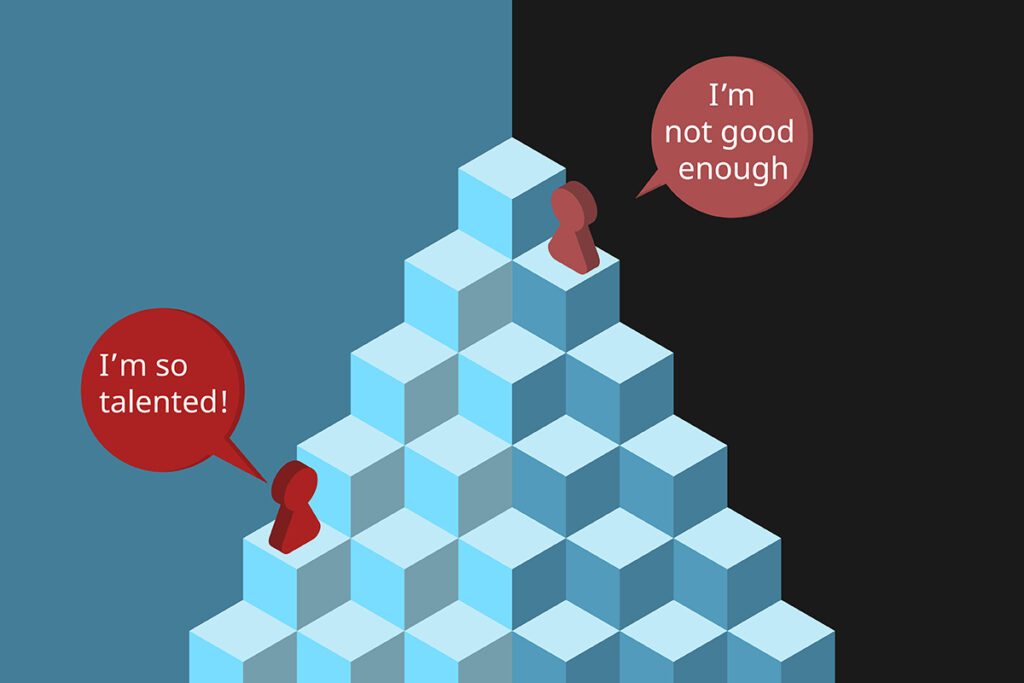Understanding the Neurobiology of Suicidal Thoughts

Suicidal thoughts can be deeply frightening. Understanding their origins, the neurobiology of suicidal thoughts can help in how we approach and deal with them.
Navigating Trauma: How to Build Your Emotional Safe Space

Trauma impacts our lives and affects us in countless ways. You have the power to create your emotional safe space and create healing from within.
Transforming Negativity Bias into Positive Empowerment

Did you know that your brain is hard-wired to look for negative, difficult, or painful things? This is called a “negativity bias,” which means that in your data-processing system, anything negative gets priority attention.
Shame and Self Judgment Opportunities for Self-Healing

Shame is awful to experience, whether we are being shamed by others or shaming ourselves, but as humans we are hard-wired to experience feelings of shame. Learn about the opportunities for self-healing in shame and self-judgment.
Neuroplasticity Overcome and Create a Resilient Brain

The opportunity you have to heal your brain and keep moving forward is made possible by something called neuroplasticity—the key to building a resilient brain. We show you how to show you how to seize that opportunity in this in-depth article.
Four Reasons Survivors of Sexual Trauma Remain Silent

On the heels of the #MeToo Movement and various scandals in the media that have shed light on the impact of sexual trauma worldwide, more and more survivors of sexual abuse and assault have been empowered to speak up and share their stories. However, many still do not come forward. In this article we explore the reasons behind their silence.
Panic Attack vs Anxiety Attack

It’s not hard to understand why panic and anxiety attacks have become conflated. They have enough symptoms in common that the lines can become blurred, even for the sufferer. What is the difference between a panic attack and an anxiety attack? WE explain in this post.